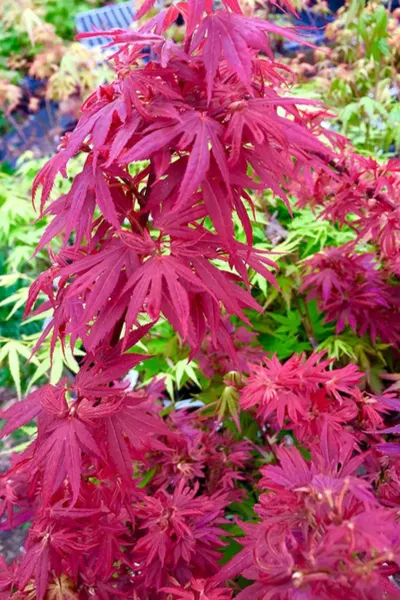Nothing adds a little pizazz to a landscape like a beautiful dwarf Japanese maple tree.
The tree’s compact growth, combined with its crooked, rambling branches deliver big interest, even in the dead of winter when the leaves are long gone. And it only gets better when its wispy, airy foliage comes to life in the spring, summer and fall!
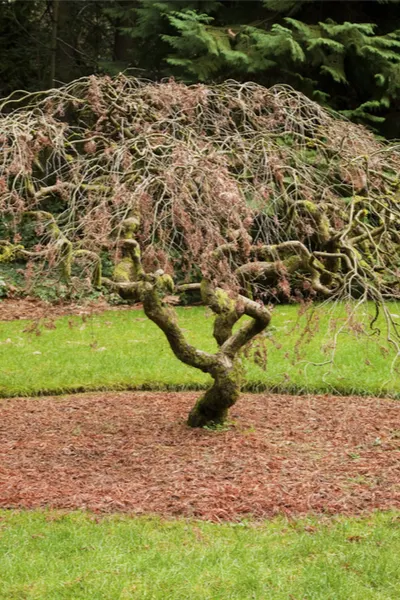
Best of all, with their slow growth and small size, these gorgeous mini-trees can fit into many yards where large trees simply aren’t an option. And with varieties available in hues of red, purple and green, there is a tree to fit almost any outdoor space.
Growing Dwarf Japanese Maple Trees
Selecting The Right Variety
There are quite a few dwarf options to choose from when it comes to Japanese maple trees. In fact, you can find varieties that grow anywhere from a few feet tall, to 8′ or more in height. Many grow just as wide as they do tall, spreading out anywhere from 4 to 8 feet at full maturity.
From deep red varieties like Aratama Dwarf Japanese, to Weeping Green Laceleaf, selecting the right tree really comes down to finding a color, size and branch style most suited to your landscape.
It’s important when selecting your tree to first make sure it is compatible with your growing zone. Most dwarf varieties will perform well in Growing Zones 5 through 9, although there are a few options that can survive colder winters.
How To Plant For Success
Long-term success boils down to selecting a safe, protected location with the proper soil conditions.
First, lets cover the subject of location. Nearly all varieties of dwarf Japanese maple trees perform best in partial to full sun. At minimum, be sure the trees receive at least 5 to 6 hours of light each day.
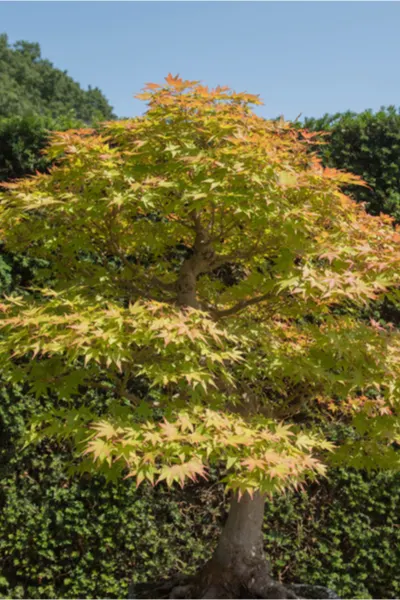
But even more important is selecting a location that is protected from harsh winds and cold. Trees tucked in around a house, outdoor structure, or even other trees will have a much better chance of long-term survival.
Planting & Amending The Soil
Dwarf Japanese maples struggle in overly wet or hard soils. They need soil with good draining qualities to keep excess moisture to a minimum. Amending the planting hole with a 50/50 mix of compost and soil will help tremendously with drainage.
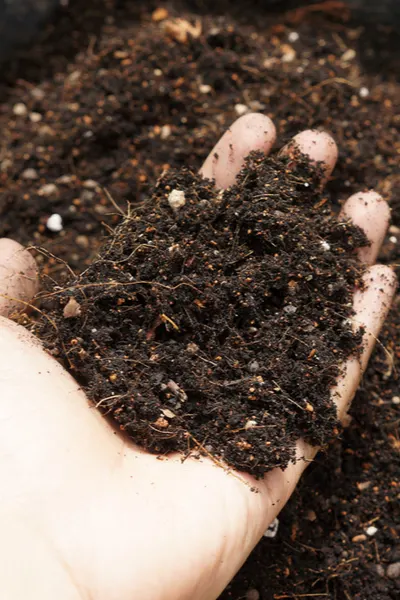
Dig the planting hole to one and a half times the depth, and 2 times the circumference of the root ball. Plant the crown level with soil as it was growing in the pot, and fill in with the 50/50 mix.
Long Term Care
Japanese Maple trees require little long term maintenance once properly planted. They are fairly drought resistant, and once established, rarely require watering unless conditions are extremely hot and dry for prolonged periods.
Long term management really comes down to a bit of fertilizing and pruning each year.
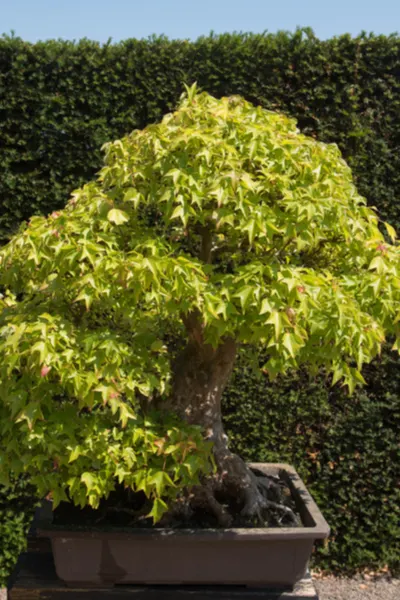
Light pruning will help to keep the trees growth and size in check. Pruning should be performed in late winter/early spring when the tree is dormant. In addition, fertilize each spring with a balanced feeding of 10-10-10 to provide plenty of nutrients for continued root growth.
For more information on planting trees, check out our Tree & Shrubs tab on the website.

This Is My Garden is a website dedicated to spreading the love and knowledge of gardening around the world. We publish two new garden articles each week. This article may contain affiliate links.

